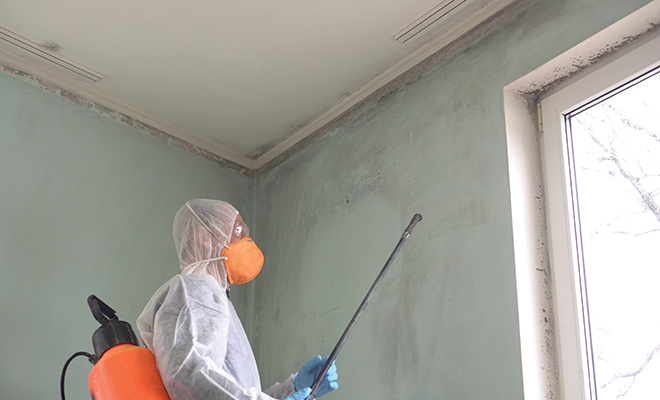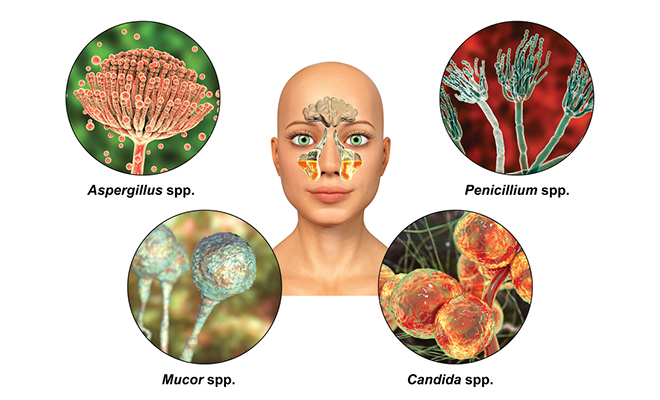Functional Medicine & Mold Illness

By Dr. Cynthia Crosser
Mold Illness . . . a new diagnosis? No, it’s becoming more heavily researched as the westernized world spends roughly 80% of our time indoors. And, according to the World Health Organization, up to half of the buildings in North America are water-damaged; great breeding grounds for “indoor molds.” There are several molds that are toxic and prevalent such as Stachybotrys chartarum, Aspergillus, Penicillium, and Fusarium. They thrive in porous materials such as drywall, particle board and wood. A leaking window, a poorly ventilated bathroom and a crack in a basement foundation is all that is necessary for the growth of mold. For so many reasons, you should not ignore the smell of mold or unpleasant musty odors if you care about your long-term health-cognitive and other health concerns.
The toxins produced by these molds are termed biotoxins because they are made by microbes inside our bodies. These toxins are difficult for our bodies to handle as they accumulate in the body and are hard to remove, and the ability to do so is a function of detoxification. They concentrate as they accumulate in the liver and can then be recycled by way of bile rather than being excreted in the stool. This accumulation can make us progressively sicker.

The symptoms of this biotoxicity are varied. It is anything from “ice pick” sensations, tics, spasms, atypical rheumatoid arthritis, depression, chronic sinusitis, insomnia, fatigue, depression, and in children, ADD like symptoms. Cognitively we see memory impairment, and even higher levels of these mycotoxins in autistic children. And hormonally, many women will end up with low testosterone and estrogen levels which leave them with low energy, low libido, cravings, and low moods. With a now imbalanced hormonal system, the activities of our inflammatory and immune systems are now also affected as well.

There are also different types of toxins requiring specific methods of binding for removal such as Ochratoxins, Aflatoxins, Tricothecenes, Gliotoxins and Zearalenones. All of these require specific modes of binding the toxins for removal from the body. One potential side effect of binders is that they can make us constipated, which sets up our bodies to reabsorb estrogen forms as well as toxins that we are actually trying to rid the body of.
In working with any patient presenting with a history of mold exposure, I usually run immunological bloodwork to look for elevated antibodies to these molds. If present, the next step is to have the environment, work and home tested for exposure. Most often the location is determined and remediation is central to the effectiveness of treatment. While ERMI testing is well known, it only tests for molds, not mycotoxins. The EMMA, Environmental Mold and Mycotoxin Assessment Test, will test for both, using polymerase chain reaction. Then urine testing and blood tests are done to see the impact on the body and to know which binders to use. The destruction to the body is profound, especially the brain.
Mold illness is scary, especially when it impacts the brain and has such odd symptoms. Don’t ignore chronic sinusitis, changes in memory, and hormonal changes. As a functional medicine doctor, the downstream effects of mold/mycotoxin exposure can be addressed to promote healing and restore health, but there aren’t any shortcuts to dealing with mold.
Wellness within reach!
Pike Creek 302-994-1010
5700 Kirkwood Hwy., Suite 101, Wilmington, DE 19808
www.facebook.com/crossernaturalhealth
www.instagram.com/crossernaturalhealth
Chiropractic, Acupuncture, Weight loss, Neurofeedback, Nutritional Counseling

